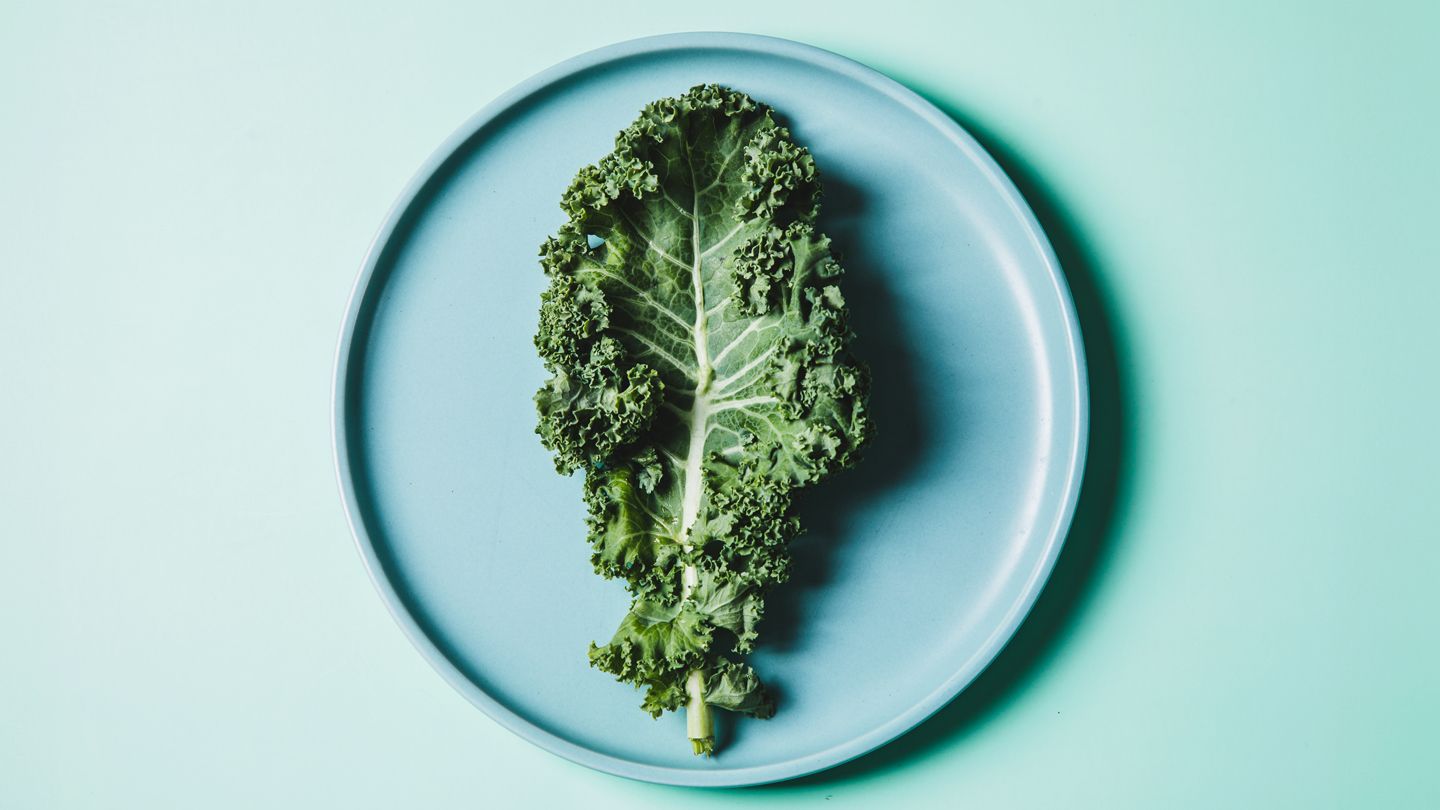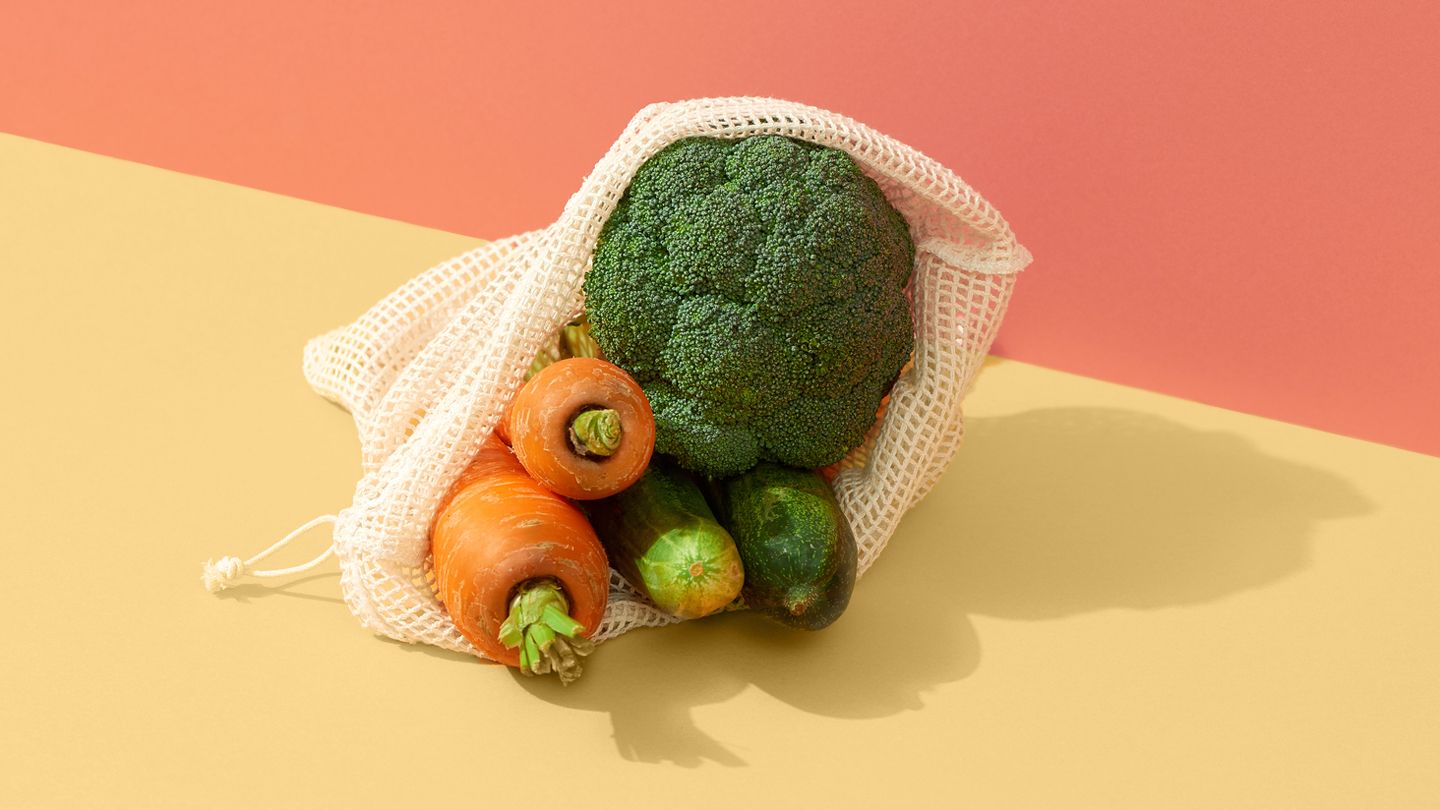Exploring the Taste, Nutrition and Uses of Wegmans Cottage Cheese
Cottage cheese is a fresh, soft cheese curd product with a mild flavor and smooth, creamy texture. Its a high protein, low fat food that can be used in either savory or sweet dishes. As a versatile ingredient and snack, its no wonder cottage cheese is a staple food for many health-conscious shoppers. If youre looking for a quality brand, Wegmans cottage cheese is a top choice.
Wegmans Food Markets is a popular grocery store chain in the northeast United States known for its fresh, delicious food products. The company makes its own line of cottage cheese under the Wegmans brand. Fans love it for the fresh taste, smooth curds and easy digestibility. Keep reading to learn more about Wegmans cottage cheese nutrition, flavors and how to use it creatively.
Nutritional Profile
Wegmans cottage cheese provides an impressive nutritional punch. A 1 cup serving delivers:
- 162 calories
- 28g protein
- 4g fat
- 7g carbs
- 10% DV calcium
- 25% DV phosphorus
- 25% DV selenium
- 12% DV vitamin B12
With just 162 calories and 4 grams of fat per serving, cottage cheese is considered a low-calorie, low-fat food. Yet it provides a whopping 28 grams of protein per cup, making it one of the most protein-dense foods available.
The high protein content comes primarily from casein and whey, the two main milk proteins. About 80% of the protein in cottage cheese is casein, while 20% is whey.
In addition to protein, cottage cheese contains other nutrients like calcium for strong bones, phosphorus for energy production, selenium for thyroid health and B vitamins for metabolism.
Varieties of Wegmans Cottage Cheese
Wegmans makes the following varieties of cottage cheese:
- Regular cottage cheese This is the standard version, with a creamy texture and mild, fresh flavor. The curd sizes range from small to large.
- Lowfat cottage cheese A lower fat option with only 2% milkfat.
- Fat free cottage cheese The lowest fat and calorie choice, using skim milk.
- Small curd cottage cheese Has a creamier, smoother consistency thanks to tiny, fine curds.
- Lactose free cottage cheese For people with lactose intolerance, uses lactase enzyme.
The nutrition profile remains relatively similar across the varieties, though fat and calorie content decreases in the lowfat and nonfat products. Wegmans cottage cheese comes in full size 32-ounce tubs or single-serve 5.3-ounce cups.
Taste and Texture
Fans of Wegmans cottage cheese love its fresh, mild flavor. It tastes light and clean without any sour or acidic notes. The curds have a satisfying soft and creamy texture thats easy to eat. Yet they still retain a pleasant, springy chew.
For those who find some cottage cheese brands to be too acidic or sour, Wegmans balances the fresh sweetness of milk with just the right tartness. Reviewers also praise it for being easy to digest without any heaviness.
How to Use Cottage Cheese
Wegmans cottage cheese is very versatile ingredient that can be used in multiple ways, either sweet or savory. Here are some popular options:
- Snack - Eat straight from the tub or paired with fruit, nuts, granola, crackers or vegetables.
- Breakfast Mix into oatmeal, smoothies or breakfast bowls with fruit and nuts.
- Dips Blend with herbs, spices and oils to make veggie dips.
- Baked goods Use as a substitute for ricotta cheese in lasagna, cheesecake or pastries.
- Salads Add to green, grain or pasta salads for extra protein.
- Sauces and spreads Puree with herbs to make healthy sauces for fish, chicken or vegetables.
Cottage cheese is very quick and easy to incorporate into both sweet and savory recipes. Its mild taste wont overpower other ingredients.
Benefits of Cottage Cheese
With its impressive nutrition stats and versatility, cottage cheese provides some great benefits that make it a wise food choice, including:
High Protein
The high protein content is one of the biggest advantages of cottage cheese. Getting enough protein is vital for building and repairing muscle tissue, supporting metabolic health, keeping you feeling full and maintaining energy levels.
The casein protein in cottage cheese is particularly beneficial because its digested slowly, providing a steady supply of amino acids over several hours. This makes it a good protein to eat before bed or between meals.
Supports Muscle Growth and Recovery
Cottage cheese is a staple food for many athletes and bodybuilders looking to build muscle and recover quickly after training. The protein triggers muscle protein synthesis while the leucine content specifically helps increase muscle mass.
One study found men who consumed cottage cheese before bed gained more muscle mass during 12 weeks of resistance training compared to a carbohydrate control.
Promotes Satiety and Weight Loss
Eating cottage cheese can support weight management in several ways. The high protein keeps you feeling fuller longer compared to carbs or fat while requiring more calories to digest.
The casein protein coagulates in the stomach, creating a gel that further promotes feelings of satiety. Additionally, calcium has been linked to enhanced fat breakdown.
In one study, women who consumed higher amounts of calcium from foods like cottage cheese experienced greater fat loss on a reduced calorie diet.
Low in Calories But Nutrient-Dense
Cottage cheese packs impressive nutrition into a relatively low calorie food. Its a nutrient powerhouse, providing protein, calcium, phosphorus, selenium, riboflavin, vitamin B12 and more for minimal calories and fat.
Eating nutrient-dense foods like cottage cheese makes it easier to get all your nutritional needs from your daily calorie intake. This supports overall health.
Supports Blood Sugar Control
The protein in cottage cheese helps regulate blood sugar spikes after meals, especially when eaten with carbs. The casein coagulates in the gut, slowing digestion and the release of glucose into the bloodstream.
One study found cottage cheese reduced blood sugar by 28% when eaten with starch compared to starch alone. Adding cottage cheese to carb-heavy meals can help manage glycemic response.
How to Choose Cottage Cheese
When shopping for cottage cheese, keep these tips in mind:
Check the Label
Read labels and select brands without additives, thickeners, gums and artificial ingredients. Wegmans cottage cheese contains just straightforward ingredients like pasteurized skim milk, cream and salt.
Consider Percent Milkfat
The milkfat percentage impacts creaminess and richness. Full fat 4% tastes creamiest. Lowfat 2% or nonfat offer lower calories and fat. Choose based on your nutrition goals and flavor preference.
Note the Curd Size
Small, medium and large curds provide different textures. Smaller curds blend smoother. Larger curds offer more chew. Try different curd sizes to see which you prefer.
Mind the Expiration Date
Always check the
FAQs
What are the different varieties of Wegmans cottage cheese?
Wegmans makes regular, lowfat, fat free, small curd, and lactose free cottage cheese. The regular cottage cheese comes in curd sizes ranging from small to large.
What are some of the ways to eat Wegmans cottage cheese?
Wegmans cottage cheese can be eaten as a snack, added to breakfast dishes, used to make dips, incorporated into baked goods, mixed into salads and sauces, and more.
What are some of the benefits of eating cottage cheese?
Benefits of cottage cheese include high protein, muscle growth and recovery, increased satiety and weight loss, low calories but nutrient dense, and blood sugar regulation.
How can you tell if cottage cheese is fresh and high quality?
Read the label and look for minimal ingredients, check the milkfat percentage, note the curd size, and be mindful of the expiration date. Wegmans cottage cheese is known for its fresh taste.
Disclaimer: This article is for informational purposes only and does not constitute medical advice. Always consult with a healthcare professional before starting any new treatment regimen.
Related Coverage
Craving corn casserole but want to stay in ketosis? This guide shares how to build a keto corn casserole with low carb ingredient swaps, sample recipe, serving tips, and getting back into fat burning mode after indulging....
Enjoy mouthwatering low-carb barbecue with these keto-friendly recipes for burgers, chicken, ribs, kebabs, sides and more. Tips to make summer grilling delicious and diet-friendly....
This in-depth guide covers everything you need to know about pepper jack cheese nutrition. Learn about the calories, fat content, sodium, protein, and health impacts of this spicy cheese....
Kale salad delivers vitamins, minerals, fiber and antioxidants for nutrition and wellness. Pairing kale with fruits, proteins, grains and healthy fats boosts benefits....
Discover if yellow squash has carbs and is keto-friendly. Learn the nutrition facts, health benefits, and how to add yellow squash to a low carb diet....
Discover the reasons behind short and fat zucchini, from genetics to environmental stress. Learn practical solutions to grow perfect, long, slender specimens in your garden....
A typical mimosa with equal parts orange juice and champagne contains about 150-200 calories per 6-8 oz pour. Learn tips for lightening up calories....
An ear of corn contains around 15-20 net carbs, making it too high for keto but potentially okay in moderation for some low-carb diets. Learn corn nutrition facts and portion control tips....
Learn about the calories, carbs and nutrition in peppermint schnapps liqueur. Get tips for drinking on keto and find recipes for low-carb peppermint cocktails....
Discover the best keto-friendly restaurants in Seattle, offering delicious low-carb options. From steakhouses to seafood, find the perfect spots for your next keto-friendly dining experience....








